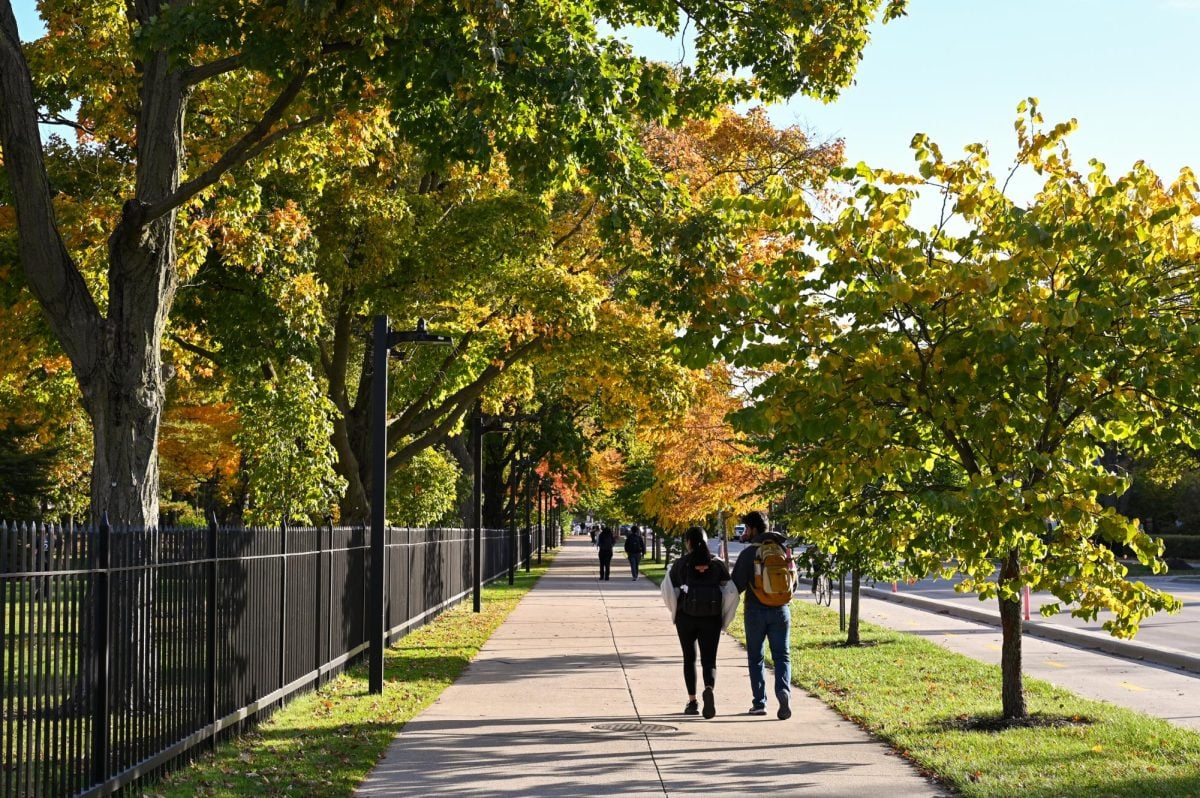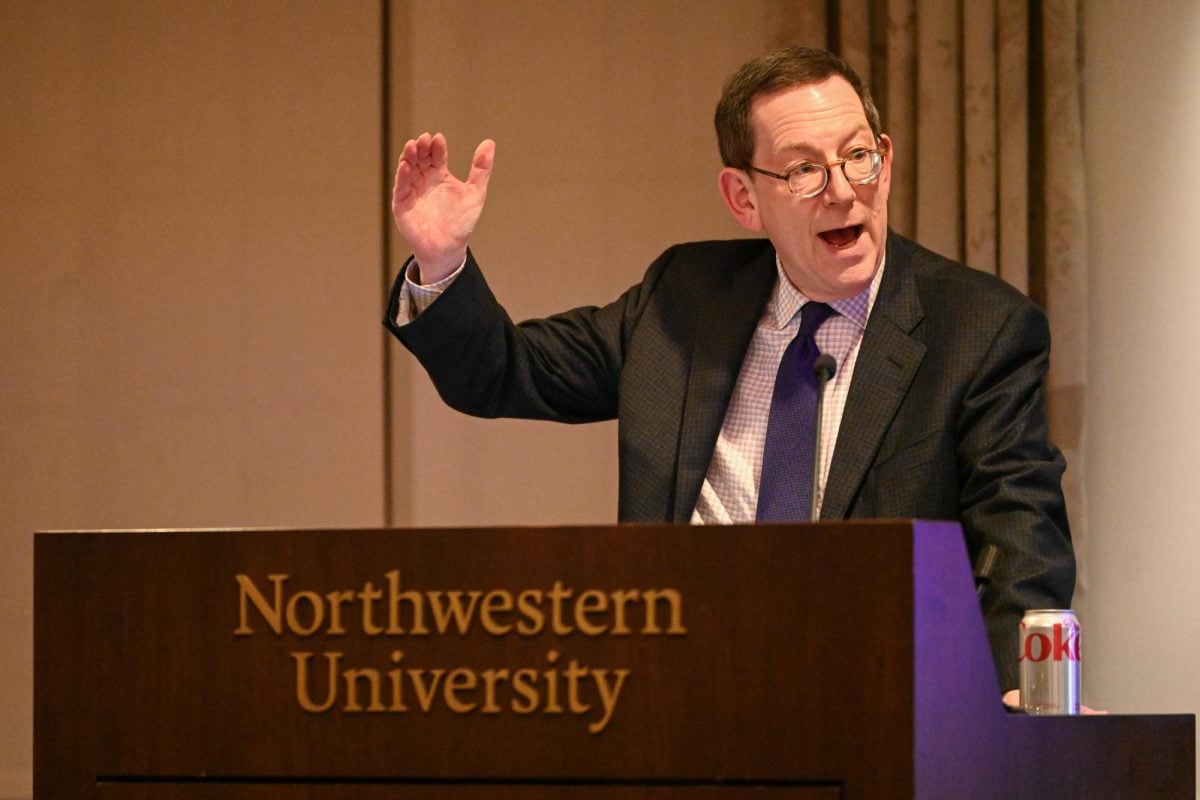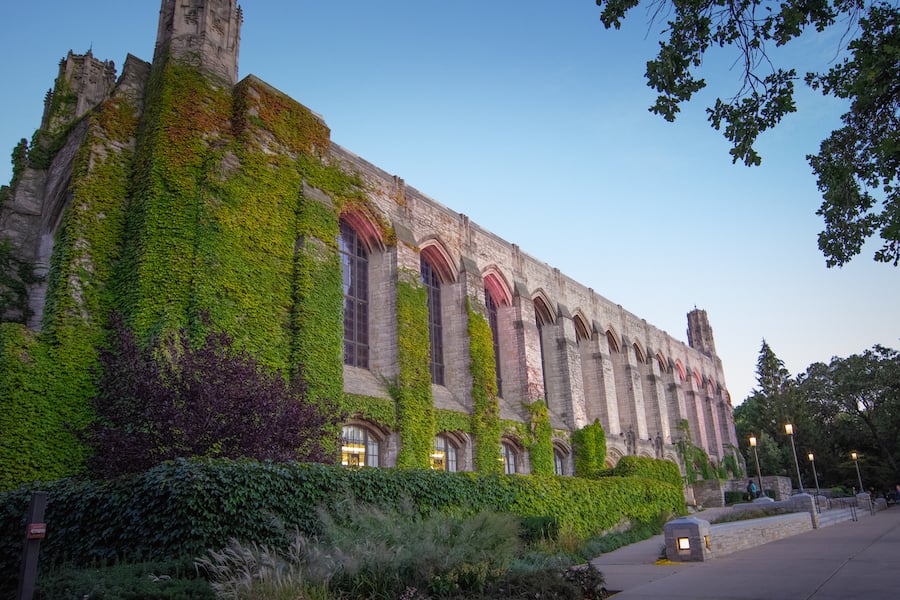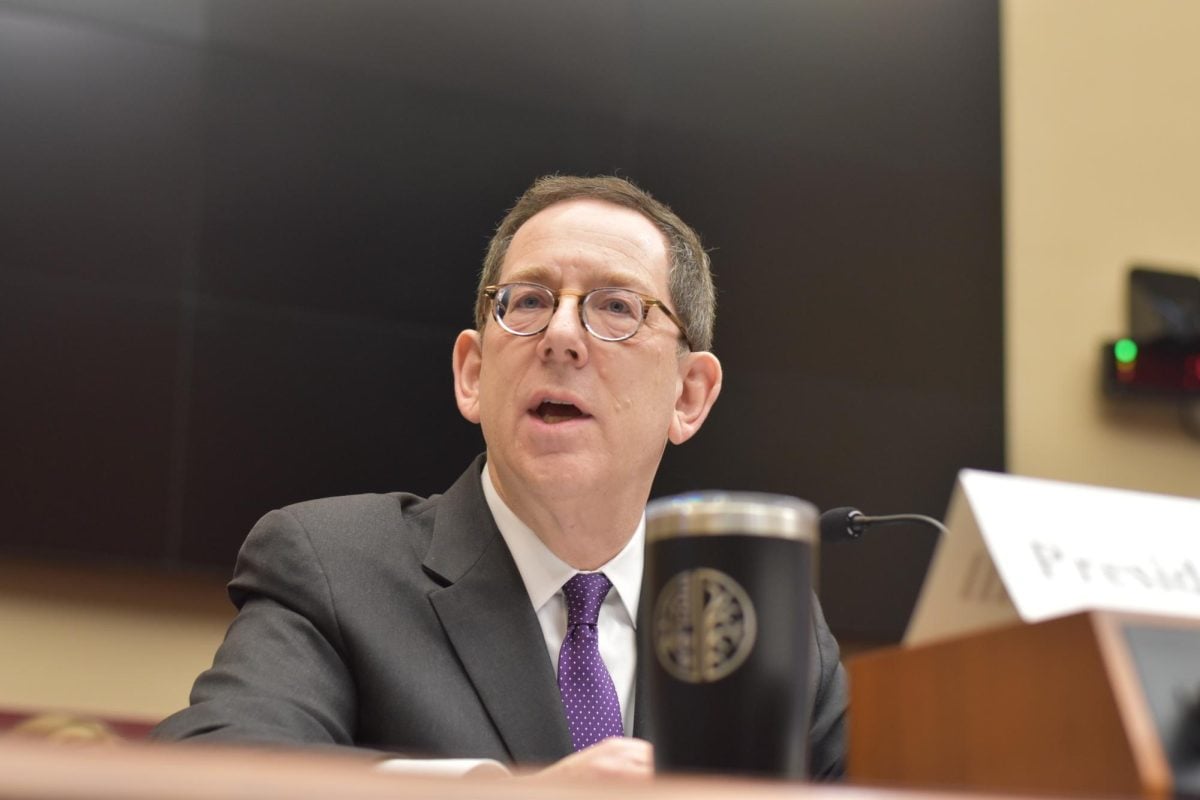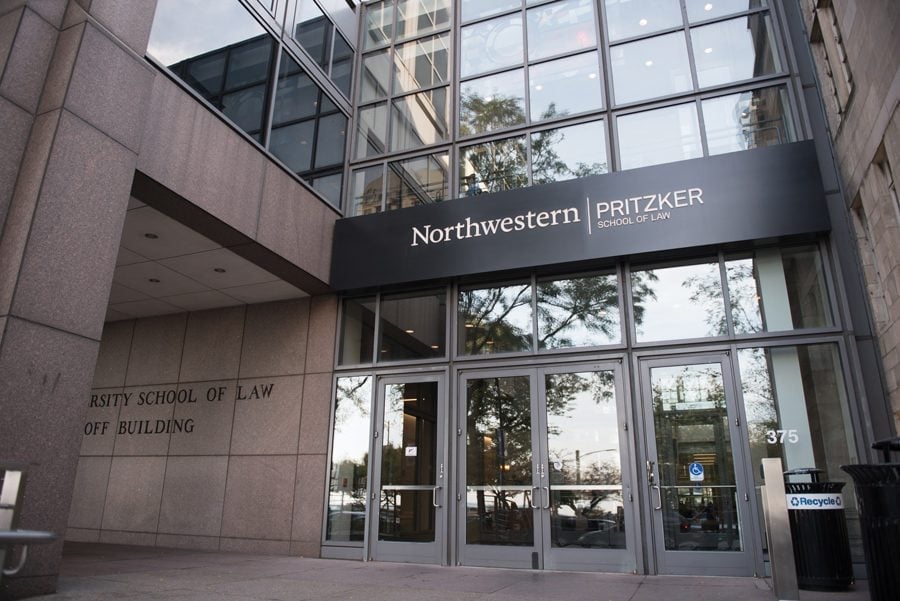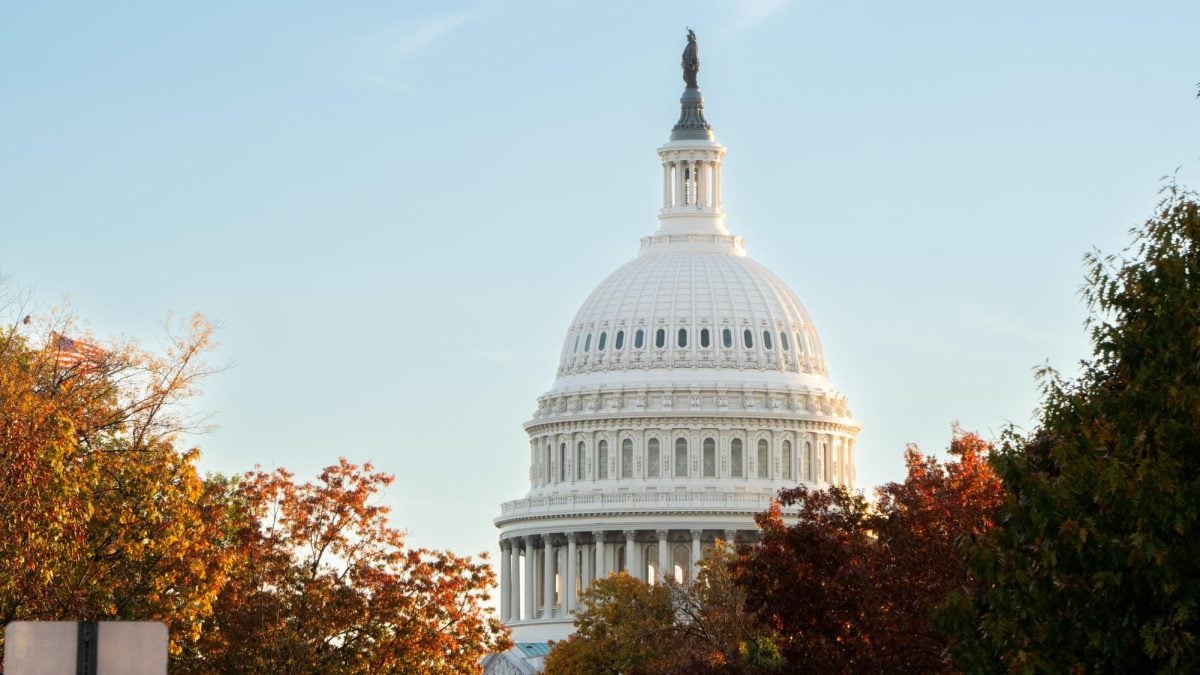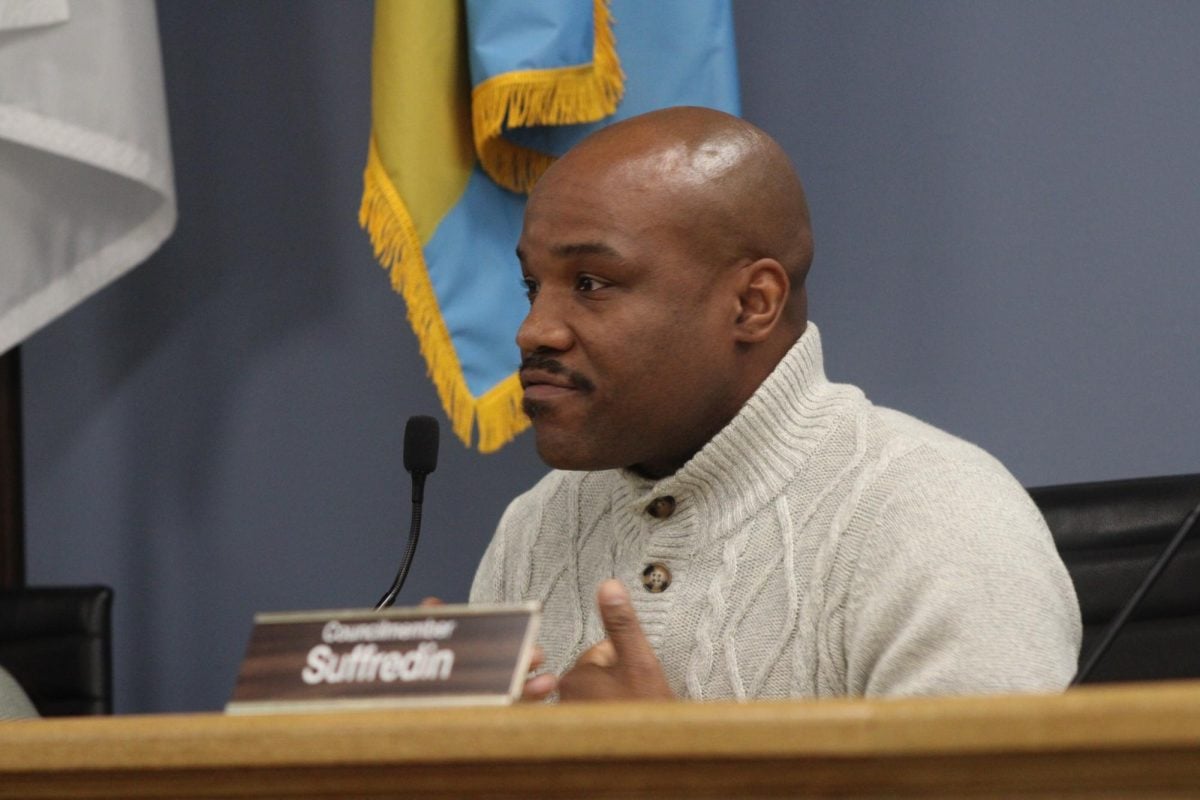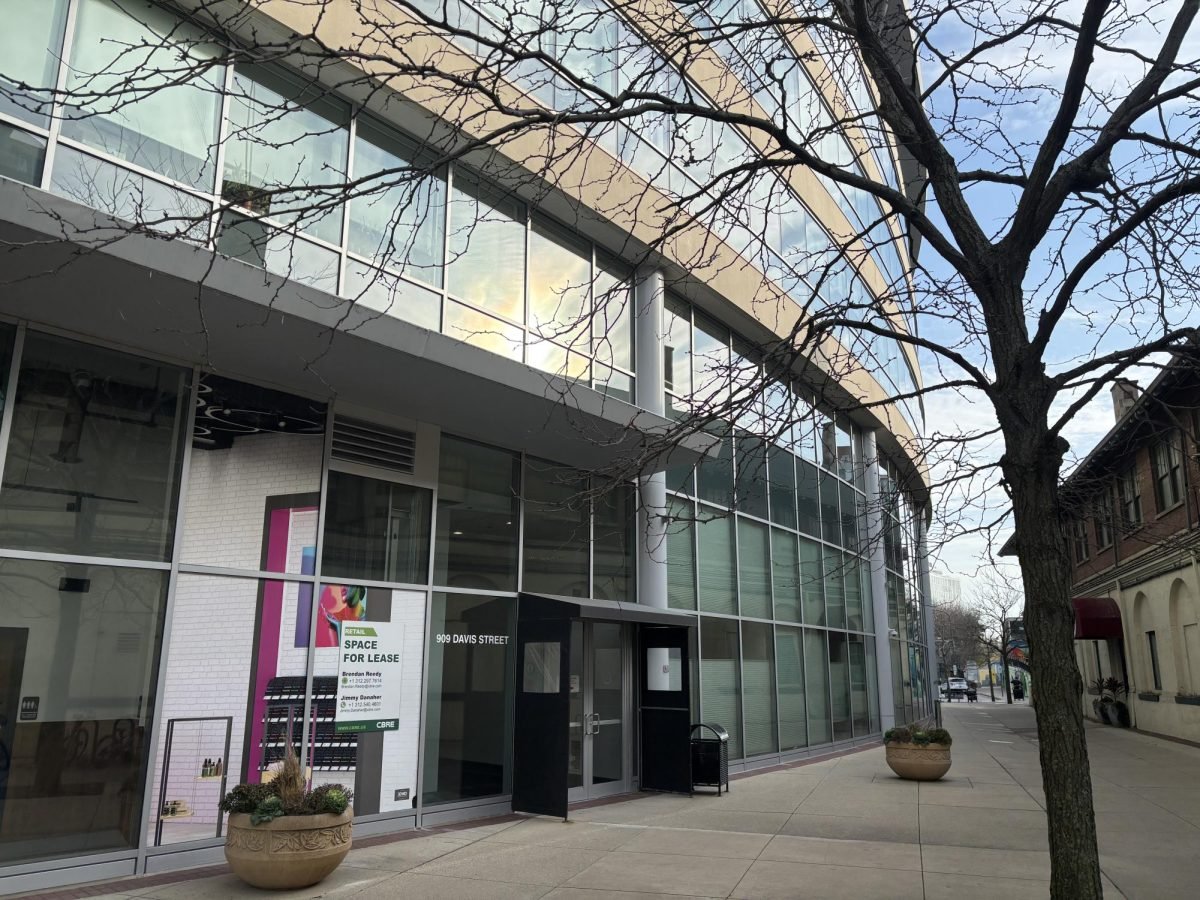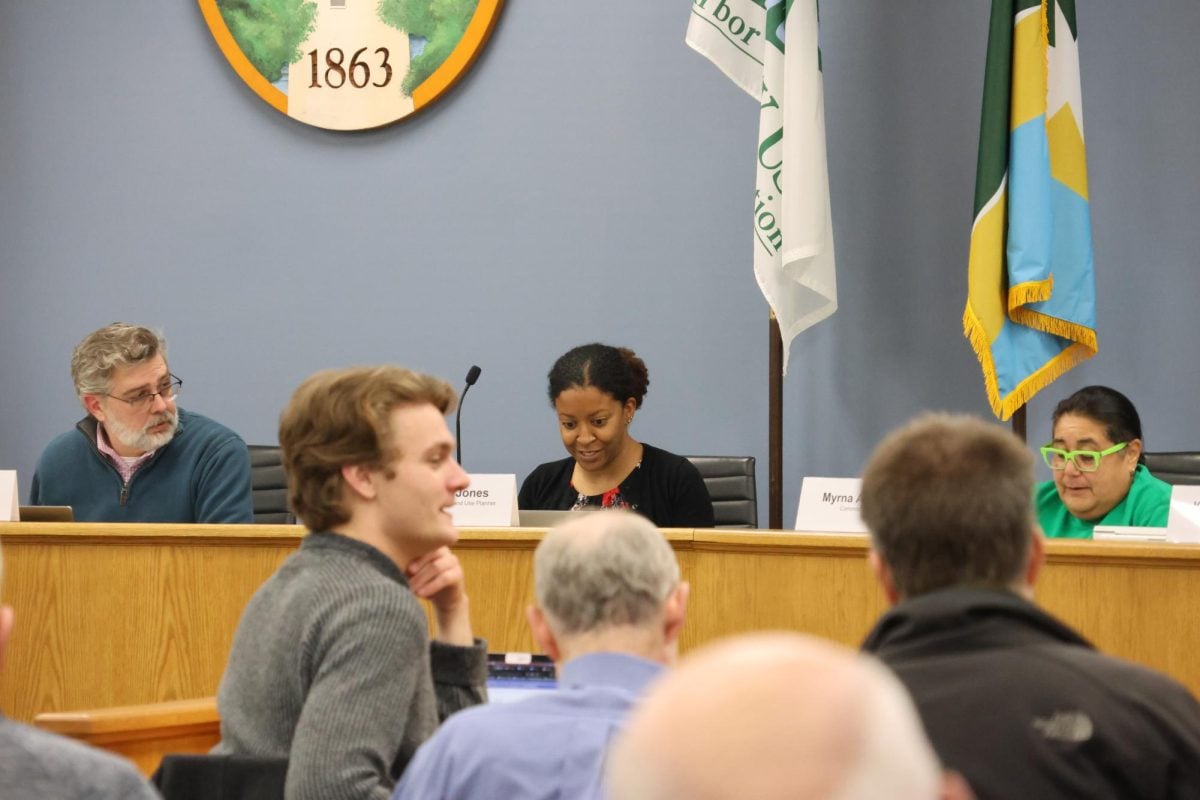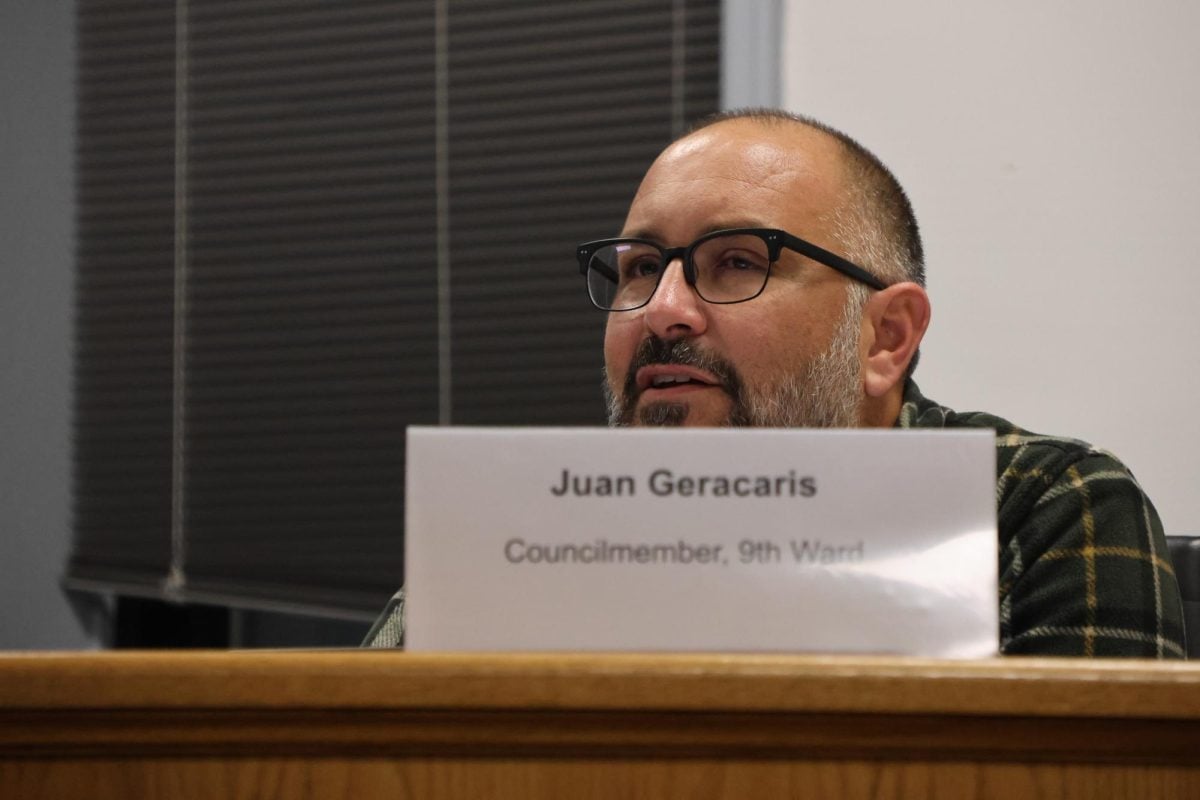Northwestern and Evanston split the costs to install dozens of new streetlights in underlit areas near off-campus student residences last year, according to University and city officials.
The collaboration indicates a commitment on the part of both the city and University to increase lighting in student-populated areas in Evanston’s 5th Ward. However, areas in the city’s 1st Ward that NU identified as underlit were not included in the project because of opposition by Ald. Judy Fiske (1st), said Ron Nayler, the University’s associate vice president of facilities management.
About 80 streetlights were installed as part of the project, which was completed in December, Nayler said. Evanston and NU evenly split the bill, which totaled about $36,000, Nayler said.
The new lights, which have a higher wattage than those they replaced, were installed to improve safety in off-campus areas with a high number of student properties.
“We’re not going to let the price be a constraint for us because there is no price we’re willing to pay for less safety,” University President Morton Schapiro told The Daily last month. “Our highest priority is the safety of our students.”
This particular pilot project was contained to areas west of Sherman Avenue, east of Ridge Avenue, south of Noyes Street and north of Emerson Street, Nayler said. The three-by-four block area is located entirely within the city’s 5th Ward.
Evanston is currently installing higher-power lights to increase visibility throughout the city, said assistant city manager Marty Lyons. But plans for the 78 lights west of campus were fast-tracked to ensure they were up and working as quickly as possible, he added.
“It improves the safety,” said Ald. Delores Holmes (5th). “I had no opposition to it so it happened in my ward. There are other areas where it could be done as well.”
In fact, many of those “other areas” were located in the 1st Ward, Nayler said.
A University-funded study found “substantial areas” in the 1st Ward that failed to meet national lighting standards set forth by the Illuminating Engineers Society of North America, a New York City-based nonprofit that is nationally regarded as a leader in the lighting industry. The study was conducted in 2010 specifically for the lighting project.
During an October 2010 meeting of the off-campus committee, Fiske objected to installing new lights in her ward, Nayler said. Nayler and Fiske serve on the committee alongside University administrators, other aldermen and city officials. Fiske’s ward includes part of the NU campus as well as student properties between Sherman Avenue and Sheridan Road.
“She basically said that her constituents do not want to have any changes in the lighting levels at all in the 1st Ward and that she would not participate with any lighting improvements,” Nayler said.
Fiske said she did not block the proposed lighting improvements and didn’t remember any meetings about lights in October 2010.
Fiske said all lights in her ward were replaced several years ago to include the highest-level bulbs possible. She reiterated her concern for off-campus safety but objected to the standards for lighting used in the University’s study.
“The plan put forward by the University called for lighting levels that just are not appropriate in residential neighborhoods,” Fiske said. “I don’t think we have light levels like that anywhere in the city. It would have looked more like parking lots or something.”
Fiske noted that she has received more complaints from residents about “bright lights shining in windows” than from students about darkness and safety concerns.
However, a recent survey conducted by the Undergraduate Budget Priorities Committee found that a vast majority of students identified several 1st Ward locations as some of the most problematic underlit areas, said UBPC Chair and Weinberg sophomore Chase Eck. The survey was conducted during Fall 2011 and presented to NU administrators.
“I can understand that local residents who live on Orrington Avenue might not want it to look like a Hollywood backlot with all the lights there,” Schapiro said last month. “On the other hand, students are walking back and forth all the time, and we want to do what they can for their safety.”
In March, staff from the city’s Forestry Division trimmed about 20 trees on public property that were blocking the lights, Lyons said. The city also sent notices to property owners whose vegetation violates city codes by blocking the new lights.
University and city officials are currently exploring possible improvements to walkway lighting in areas south of campus, Lyons added.
